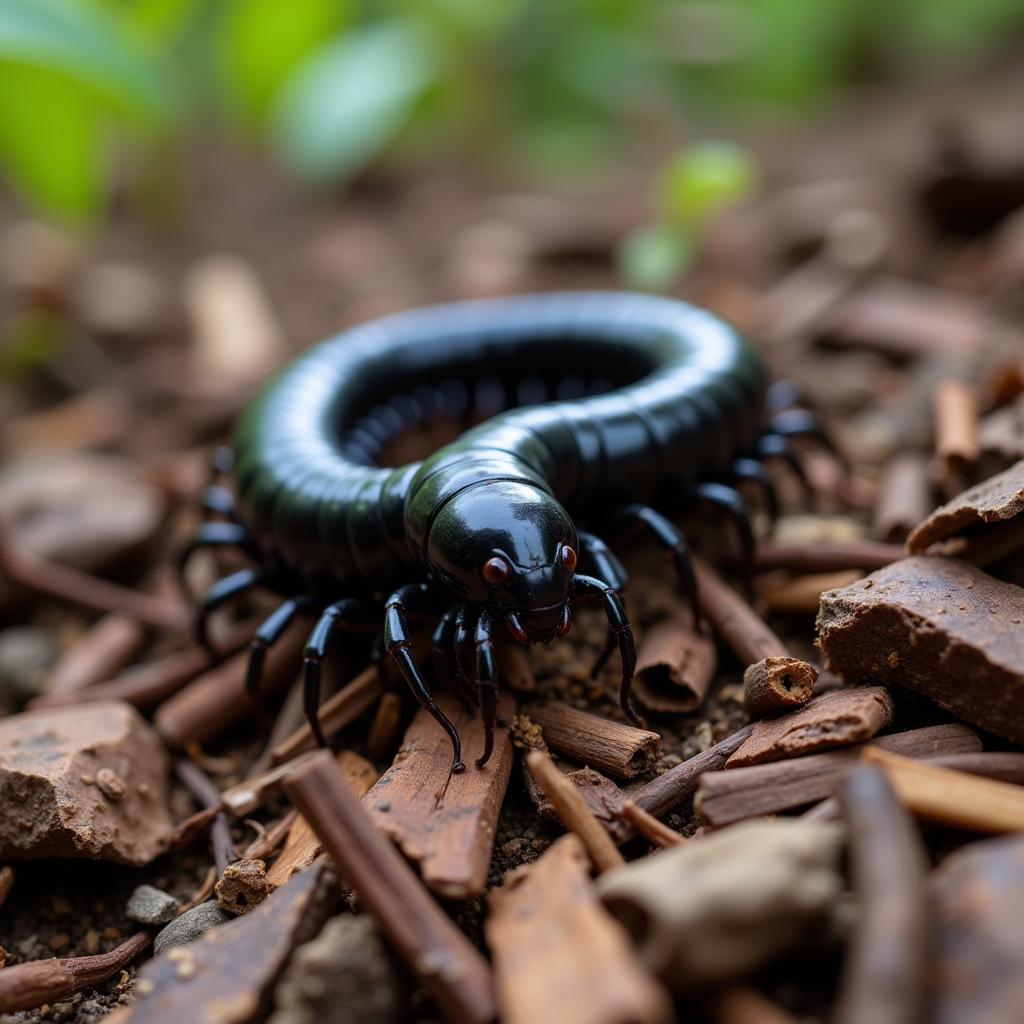The Fiery Flavor of African Bird’s Eye Chilli Seeds
African bird’s eye chillies, also known as Peri-Peri, are a staple ingredient in many African cuisines, known for their intense heat and unique flavor. Their seeds, packed with capsaicin, the compound that gives chillies their spiciness, are a popular ingredient for adding a fiery kick to dishes, from sauces and stews to spice rubs and marinades. In this article, we’ll delve into the world of African bird’s eye chilli seeds, exploring their origins, benefits, uses, and cultivation.
The Origins of African Bird’s Eye Chilli Seeds
African bird’s eye chillies are native to the African continent, specifically the regions of Southern Africa, including countries like South Africa, Zimbabwe, and Mozambique. The name “bird’s eye” comes from the small, round shape of the chillies, resembling a bird’s eye. These chillies were first domesticated by the indigenous people of Southern Africa and have been used in their culinary traditions for centuries.
The Unique Flavor and Heat of African Bird’s Eye Chilli Seeds
The heat level of African bird’s eye chillies is measured on the Scoville scale, which is a standardized system for measuring the pungency of chilli peppers. African bird’s eye chillies typically score between 50,000 and 100,000 Scoville Heat Units (SHU), making them significantly hotter than jalapeños, which score around 2,500-8,000 SHU.
Beyond the heat, African bird’s eye chillies offer a complex flavor profile, characterized by a fruity sweetness with hints of citrus and a lingering, fiery aftertaste. This unique flavor makes them a popular ingredient in sauces, marinades, and spice blends, adding a vibrant and complex dimension to dishes.
The Culinary Uses of African Bird’s Eye Chilli Seeds
African bird’s eye chilli seeds are a versatile ingredient that can be used in various ways. Here are some popular ways to use them in the kitchen:
- Spice Rubs and Marinades: The seeds can be ground into a powder and added to spice rubs for meats, poultry, and seafood. They can also be added to marinades to infuse dishes with a fiery kick.
- Sauces and Stews: Bird’s eye chilli seeds are frequently used in African sauces, adding a vibrant heat and depth of flavor. They are often used in traditional sauces like piri-piri, peri-peri, and chilli bites, which are served alongside grilled meats, seafood, and vegetables.
- Spice Blends: The seeds can be combined with other spices, such as garlic, ginger, cumin, and coriander, to create flavorful spice blends used in curries, soups, and stews.
- Pickles and Relishes: The seeds can be pickled in vinegar and spices to create spicy, tangy pickles and relishes.
- Hot Oil: Bird’s eye chilli seeds can be infused in oil to create a hot oil that adds a fiery kick to dishes.
The Health Benefits of African Bird’s Eye Chilli Seeds
In addition to their culinary benefits, African bird’s eye chilli seeds are also associated with several health benefits:
- Antioxidant Properties: The seeds are rich in antioxidants, which protect cells from damage caused by free radicals.
- Pain Relief: The capsaicin in the seeds has been shown to have pain-relieving properties.
- Anti-inflammatory Properties: Capsaicin also possesses anti-inflammatory properties, which may help reduce inflammation throughout the body.
- Improved Metabolism: Some studies suggest that capsaicin can help boost metabolism and promote weight loss.
- Improved Digestion: The seeds may also help improve digestion by stimulating the production of digestive juices.
How to Grow African Bird’s Eye Chilli Seeds
Growing your own African bird’s eye chillies is a rewarding experience, allowing you to enjoy fresh, flavorful chillies right from your garden. Here’s a simple guide:
- Start Seeds Indoors: Sow the seeds in seed trays filled with seed-starting mix. Keep the soil moist and warm, and provide plenty of light.
- Transplant Seedlings: Once the seedlings have developed a few true leaves, transplant them into individual pots or directly into the garden.
- Choose a Sunny Location: African bird’s eye chillies thrive in full sun, so choose a location that receives at least 6-8 hours of sunlight per day.
- Water Regularly: Keep the soil consistently moist, but not soggy.
- Fertilize Regularly: Use a balanced fertilizer to encourage growth and fruit production.
- Harvest the Chillies: The chillies will be ready to harvest once they turn red.
Tips for Using African Bird’s Eye Chilli Seeds:
- Start Slowly: These chillies are very hot, so it’s best to start with a small amount and gradually increase the quantity as your tolerance grows.
- Handle With Care: The capsaicin in the seeds can irritate the skin and eyes, so it’s best to wear gloves when handling them.
- Store Properly: To preserve their freshness, store the seeds in an airtight container in a cool, dark place.
- Experiment with Flavor: Don’t be afraid to experiment with different combinations of spices and ingredients to find your own favorite flavor profile.
Expert Opinions on African Bird’s Eye Chilli Seeds:
- “The unique flavor and heat of African bird’s eye chilli seeds add a dynamic dimension to any dish.” – Chef Jacob Maseko, award-winning South African chef, known for his innovative use of African spices.
- “For centuries, these chillies have been a cornerstone of African cuisine, offering a flavor that is both fiery and complex.” – Dr. Aisha Mwangi, renowned African ethnobotanist and expert on African food traditions.
Conclusion
African bird’s eye chilli seeds are a potent and flavorful ingredient that adds a unique kick to a wide range of dishes. From their origins in the heart of Southern Africa to their versatility in the kitchen, these chillies offer a taste of African culture and culinary tradition. So next time you’re looking to add a fiery twist to your cooking, reach for a handful of these tiny but mighty seeds.
FAQ
Q: How long do African bird’s eye chilli seeds last?
A: When stored properly, African bird’s eye chilli seeds can last up to a year.
Q: Can I use African bird’s eye chilli seeds in baking?
A: Yes, but use them sparingly. They can add a unique kick to baked goods like bread, muffins, and even chocolate desserts.
Q: Are African bird’s eye chilli seeds good for weight loss?
A: Some studies suggest that capsaicin, the active compound in chillies, can boost metabolism and promote weight loss, but more research is needed.
Q: Can I grow African bird’s eye chillies in a pot?
A: Yes, they grow well in pots, making them a suitable choice for gardeners with limited space.
Q: What are some alternative chilli varieties that I can try?
A: Other popular African chilli varieties include Malagueta, Scotch Bonnet, and Habanero.


